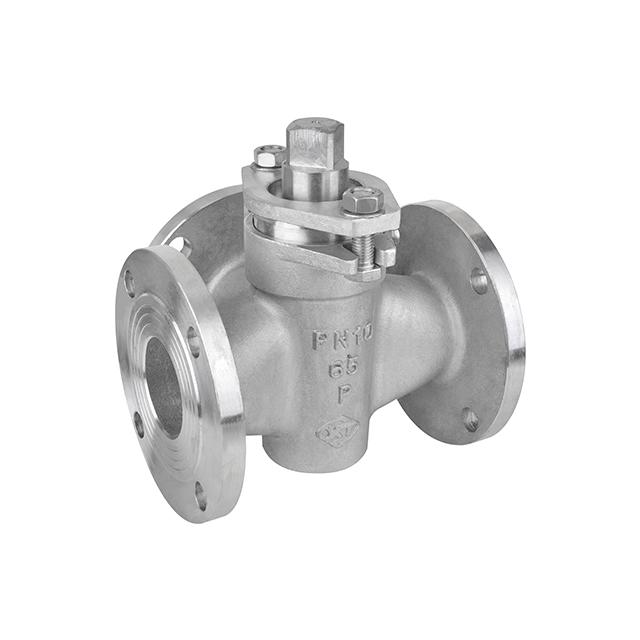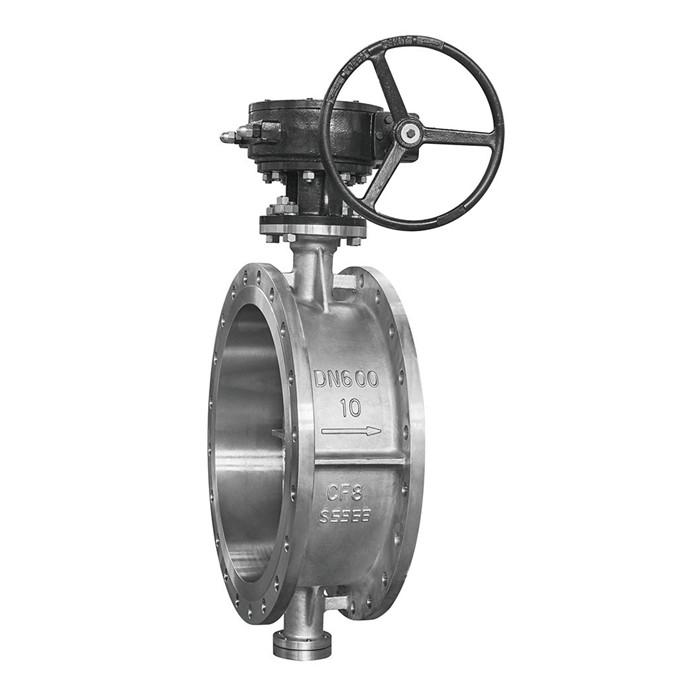هاتف : +86-18059296519
Whatsapp : +8618059296519
بريد إلكتروني : [email protected]
عند تركيب أو استبدال صمام الأعمال، من الضروري فهم الاختلافات الأساسية بين صمامات التوصيل والصمامات الكروية.
يتطلب كلا النوعين من الصمامات صيانة منتظمة لضمان الأداء الأمثل، لكن صمامات التوصيل تتطلب صيانة أقل نظرًا لوجود عدد أقل من الأجزاء المتحركة والإنشاء البسيط.
تتميز صمامات التوصيل بأسطح إغلاق أكبر من الصمامات الكروية، مما يوفر أختامًا أكثر إحكامًا. ومع ذلك، فإن مساحة سطحها الأكبر تجعلها أيضًا أكثر عرضة للتآكل.
من ناحية أخرى، يتميز الصمام الكروي بميزات مصممة لمنعه من الاتصال المستمر بقرصه. وهذا يقلل من عزم الدوران وتآكل الصمام نفسه ويمنحه عمرًا أطول.
هناك أنواع مختلفة من الصمامات الكروية، مثل الصمامات ذات التجويف المنخفض. تتميز هذه الصمامات بأقطار أصغر من أنواع الكرات الأخرى وهي مثالية لتطبيقات تدفق الغاز.
تتمتع صمامات التوصيل بالعديد من الاستخدامات في أنظمة الأنابيب، بدءًا من خدمات السوائل وحتى العمليات الصناعية. نظرًا لآلية التشغيل المباشرة وخصائص مقاومة التآكل، فإن صمامات التوصيل توفر خيارات إيقاف موثوقة في المواقف الصعبة.
تعتبر صمامات التوصيل أكثر سهولة في الاستخدام من الصمامات الكروية، وتتطلب عزم دوران أقل للفتح والإغلاق. على هذا النحو، يمكن استخدامها في التطبيقات التي تتطلب الحد الأدنى من القوة.
علاوة على ذلك، فهي توفر تنوعًا أكبر في الاستخدام ويمكنها التعامل مع المزيد من السوائل. تشمل التطبيقات الشائعة الغاز والوقود السائل ومهام الاختناق.
وهي أكثر كفاءة في التحكم في التدفق الاتجاهي، حتى في أنظمة الفراغ المعتدلة. توفر الصمامات الكروية معدلات ضغط أعلى وهي حل أفضل لتطبيقات الضغط العالي نظرًا لصغر حجم منفذها، على الرغم من أن هذا قد يتسبب في انخفاض الضغط بسبب انخفاض حجم المنفذ. علاوة على ذلك، تميل الصمامات الكروية إلى أن تكون أكثر تكلفة من نظيراتها من الصمامات الكروية بسبب انخفاض حجم المنفذ.
تعد صمامات التوصيل أكثر فعالية من حيث التكلفة من الصمامات الكروية ولها مساحة سطح أكبر عند ملامستها لوسط التدفق، مما يعني أنها تتعرض لمزيد من التآكل وقد تصدأ بمرور الوقت.
تأتي صمامات التوصيل في أصناف مشحمة وغير مشحمة. يقلل التشحيم من الاحتكاك بين السدادة وجسم الصمام، ويعمل كختم، ويحمي من التآكل.
تأتي صمامات التوصيل في مجموعة من التصميمات، مثل المنفذ الكامل والمنفذ المنخفض. يمكن استخدامها مع خطوط الهواء أو المعالجة أو الغاز.
توفر صمامات التوصيل مجموعة متنوعة من التطبيقات، مما يجعلها مثالية للعديد من العمليات. ويمكن استخدامها لتوجيه التدفق، والتعامل مع السوائل مع المواد الصلبة العالقة، وتنظيم الغاز أو الوقود السائل.
تعتبر الصمامات سهلة الاستخدام بشكل لا يصدق بسبب آليتها المباشرة. يمكنك تشغيلها باستخدام مشغلات يدوية أو كهربائية أو هوائية أو هيدروليكية.
يمكن أيضًا تشحيم هذه العناصر، مما يجعلها أسهل في الحركة وأقل عرضة للتلف. علاوة على ذلك، فإن مادة التشحيم تقلل الاحتكاك والتآكل.
تعتبر صمامات التوصيل المشحمة مثالية للتطبيقات الأكبر حجمًا والخدمات ذات درجات الحرارة العالية، لأنها أكثر متانة ولكنها قد تحتاج إلى إعادة تشحيم على المدى الطويل.

